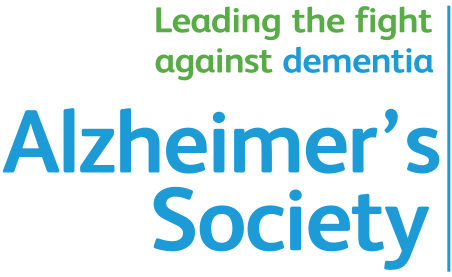Frontotemporal Dementia
Behavior Variant Frontotemporal Dementia

Frontotemporal lobe dementia is the degeneration or atrophy of the frontal and temporal lobes of the brain. The frontal and temporal lobes in the brain are commonly associated with personality, behavior, and language. At autopsy extensive atrophy of the anterior temporal lobes, orbitofrontal, and medial frontal cortex was evident. Generally with frontotemporal dementia, changes in personality, behaviour and language appear first, depending on which type of frontotemporal dementia it is. Finally recognized as important, relatively common, and distinctive from AD, FTLD research has accelerated in recent years. Various underlying neuropathological entities lead to the frontotemporal dementia clinical phenotype, all of which are characterised by the selective degeneration of the frontal and temporal cortices.
Signs Or Symptoms Of Liver Disease
People who develop dementia at a younger age may have a strong family history of dementia. The symptoms of dementia can vary, depending on which parts of the brain are affected. As most people with mixed dementia are mistakenly diagnosed with a single type of dementia, physicians often prescribe medication based on the type of dementia that is been diagnosed. People with dementia will always see their symptoms worsen over time, but not every person with the same type of dementia will decline at the same rate or experience the same symptoms at the same stage. Treatments may help to maintain mental function longer, manage behavioral symptoms, and slow down the symptoms of disease. Different symptoms are associated with each type of dementia and many symptoms overlap, making the exact type of dementia difficult to diagnose.
A Full-time Care Facility Outside The Home

Live-in care is when a carer lives with the person receiving care in their home. Live-in care offers value for money because a dedicated live-in carer will be on hand around-the-clock to provide care whenever your loved one needs it. Live in care means having a caregiver living within the home of the person who needs special care. With live in dementia care, your loved one can live independently and safely for longer. A live in care provider will be available 24hours/7days throughout the period of live-in care. Living at home helps create a safe space, and gives many more benefits than being in a nursing home.
A Registered Health Care Professional

Patients will follow up for an additional 4 years to monitor safety and changes on selected biomarkers and clinical outcomes. As a state-of-the-art academic medical facility, Stanford Health Care is committed to providing first-class patient-centered care. AIG Hospital is known for its clinical outcomes and has been dignified with many awards. In order to diagnose bvFTD, one should exclude medical, neurological and psychiatric conditions that could otherwise account for the behavioural and cognitive changes presented by the patient. In the United States, there were over five million patients in 2015, and new patients develop the disease every sixty-seven seconds. The facility is known for offering a wide range of advanced medical treatment to the patients.
Exposure To Clinical Research Programs
There's no need to travel between buildings or across the city to complete steps in evaluations or treatments. You can participate in clinical research, helping to find new treatments, and, ultimately, a cure. The main method to prevent dementia is to live an active life, both mentally and physically. On-going research has demystified the causes of dementia, which may stem from hereditary, environmental, and/or lifestyle circumstances. Goals for research continue to be aimed at identifying causes of dementia, as well as possible actions to avoid dementia, and eventually find a cure. Although medical science still has not discovered a cure for the condition, there is now a much greater understanding of dementia and the treatment of dementia.
Autism Spectrum Disorder And Tourette Syndrome

An atypical pulmonary carcinoid tumor is a more aggressive variant of a peripheral pulmonary carcinoid tumor. The urge to move occurs when you are resting or lying down and is usually due to uncomfortable, tingly, aching, or creeping sensations. Lewy bodies comprise a number of different aggregated proteins, the most diagnostically useful of which is alpha-synuclein. The electrodes may feel sticky and strange on your scalp, but should not cause any other discomfort. An accessory right inferior hepatic vein is the most common variation of the hepatic veins. A limb may be bent stiffly or not used when performing activities that are normally done with two hands.
Dementia Research Progress At Risk

Frontotemporal dementia is about 12% of the diagnosed cases of young onset dementia compared with just 2% in older people. A very small number of people, around one in 100, may be able to go through life without any cognitive decline whatsoever. One of the most important ways of keeping involved and active is simply to talk to others, and not allow yourself to become isolated. Although younger people experience similar symptoms to older people with dementia, the impact on their lives is significantly different. Frontotemporal dementia is most common among people in their 60s, but less so for people who are older. Staying in good shape can help lower risk of dementia, so get a yearly physical.

Comments
Post a Comment